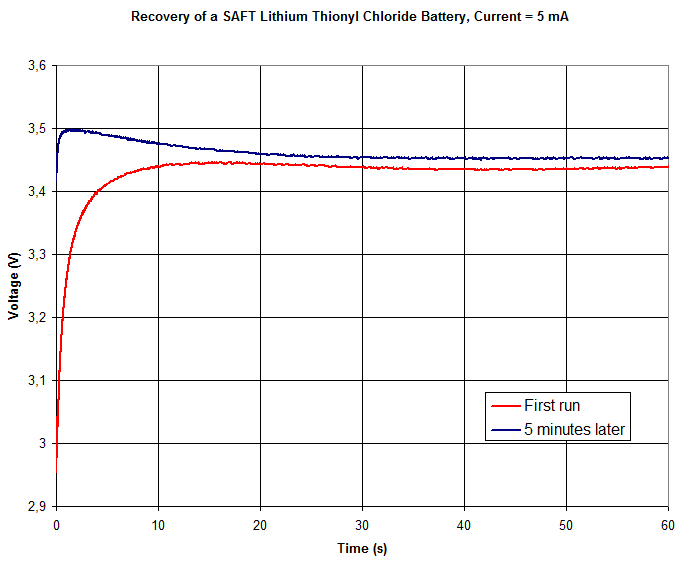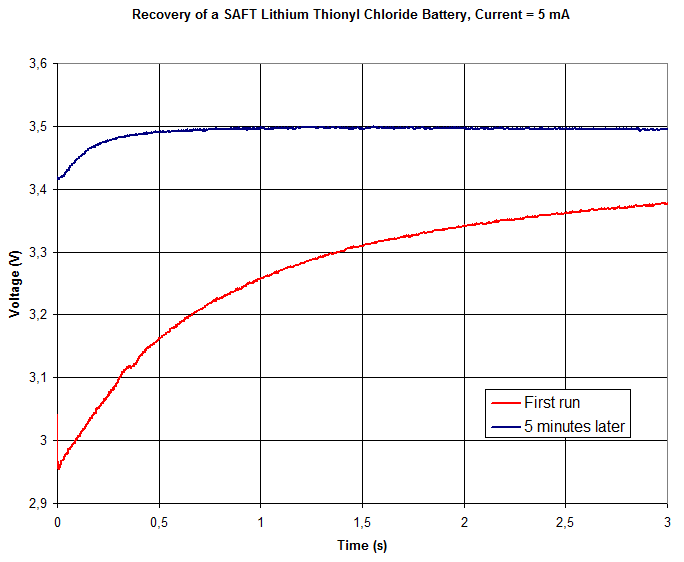While I was updating the firmware of many BSF8 Sportident stations to 6.23, I had a weird failure on a unit with serial number 112297. It may or mat not be related to the voltage measurement bug described on the last page of the release notes of the 6.23 firmware, http://www.sportident.com/images/software/si_boot_firmware_623_release_notes_en.pdf. If I recall correctly, the sequence of events was this:
- The unit showed a very low voltage reading (2 V or so) and upgrading to 6.23 failed.
- I opened it up to change the battery and measured the battery voltage with a DMM. It was indeed 2 V or thereabout.
- Then the station died completely (I am unsure exactly when in the sequence of events this happened, maybe later).
- I might then have desoldered the old battery and connected the station to an external power supply (3.5 V, limited to about 100 mA) to test it before I connected a new battery. I think I at first got it to work, but then it stopped working again.
- I looked around the PCB under a microscope and noticed something weird at pin 60 of the microcontroller. Closer inspection showed that the pin was more or less pulverized. The processor datasheet said that it was one of the power supply pins (DVCC2).
- I tried to repair it, but it turned out that no metal of the pin was sticking out of the package anymore, so there was nothing to solder to.
- I then noticed that pin 100, AVCC, was also broken and that while pin 1 (DVCC1) was still in one piece, it also seemed to have been damaged since it was thinner than the other pins.
My guess is that a huge amount of current has for some reason flown through the power pins such that they have melted (!). I am pretty sure I did not hook up the external power supply with the wrong polarity and anyway it was current limited to 100 mA or so, so I do not think I caused this by reverse power polarity. Could it be that the processor entered into some kind of state that effectively shorted its supplies and thus consumed a large current?
I guess the reason for the bug behavior in the release notes (a voltage reading of about 2 V) might be caused by an unexpected large current consumption, so it is somewhat consistent with power pins getting destroyed. But it seems a bit unlikely that the relatively wimpy lithium thionyl chloride battery could deliver enough current for this to happen. And I am almost certain that the damage to the pins occurred before I connected an external supply. Quite mysterious.
Update on 2015-07-26
After a discussion through a few emails back and forth with Simon Harston, we have come up with a new hypothesis that could explain the state of the station while not requiring an unrealistically large current that could melt IC pins:
- For some reason (maybe a manufacturing defect), the battery released corrosive gas/fumes.
- The corrosive environment inside the station may have been exacerbated by moisture leaking in.
- Corrosive and conductive films formed at a number of places inside the station, including around the MCU pins.
- Leakage current flowed through the film, particularly from the MCU pins with the most positive potential (the VCC pins) to the neighboring GND pins.
- This current effectively made the VCC pins behave as sacrificial anodes in an impressed current system for cathodic protection and thus made them deteriorate, while the GND pins were unaffected.
If this hypothesis is correct, it explains why just the VCC pins were destroyed. Furthermore, it does not require a current that is probably much higher than the battery could ever deliver. The bluish debris that can be seen in some of the photos (e.g. on the bottom side of the board and near the resistor close to pin 1 of the MCU) might have gotten its blue color from copper ions from the corroding pins, provided the ions could somehow migrate from the pins to the other locations. The fact that the screws are clearly corroded supports the hypothesis that there was a corrosive environment inside the station at some point.
(End of update.)
Below are some pictures of the unit. Unfortunately, I do not have a really good way of taking pictures through a microscope, so most pictures are taken through regular lenses and the one taken through the microscope is blurrier than one could hope for.
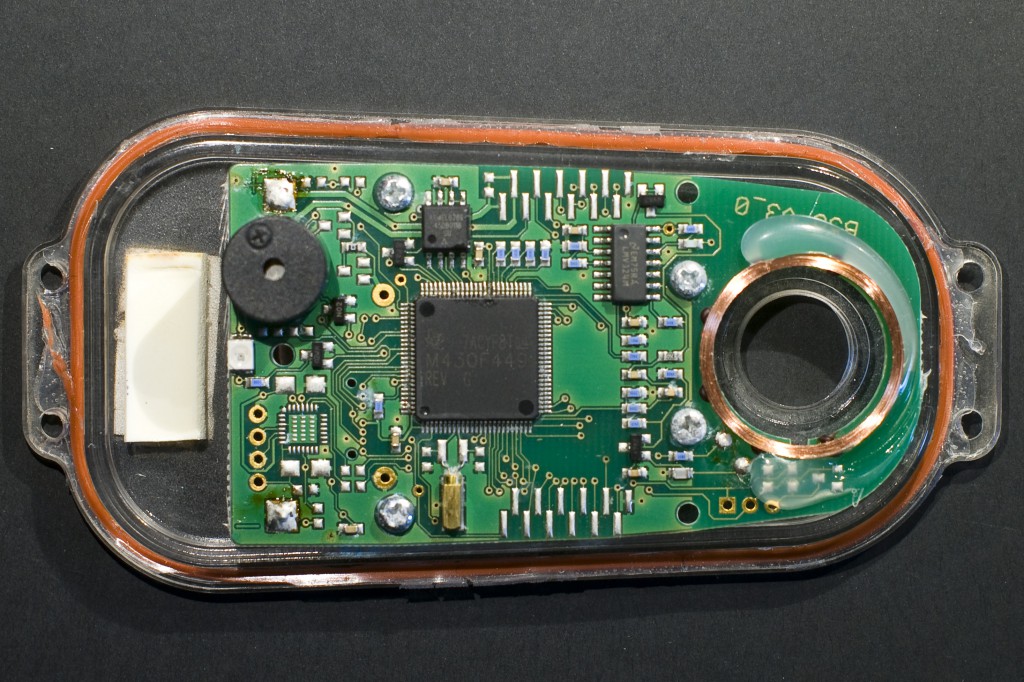
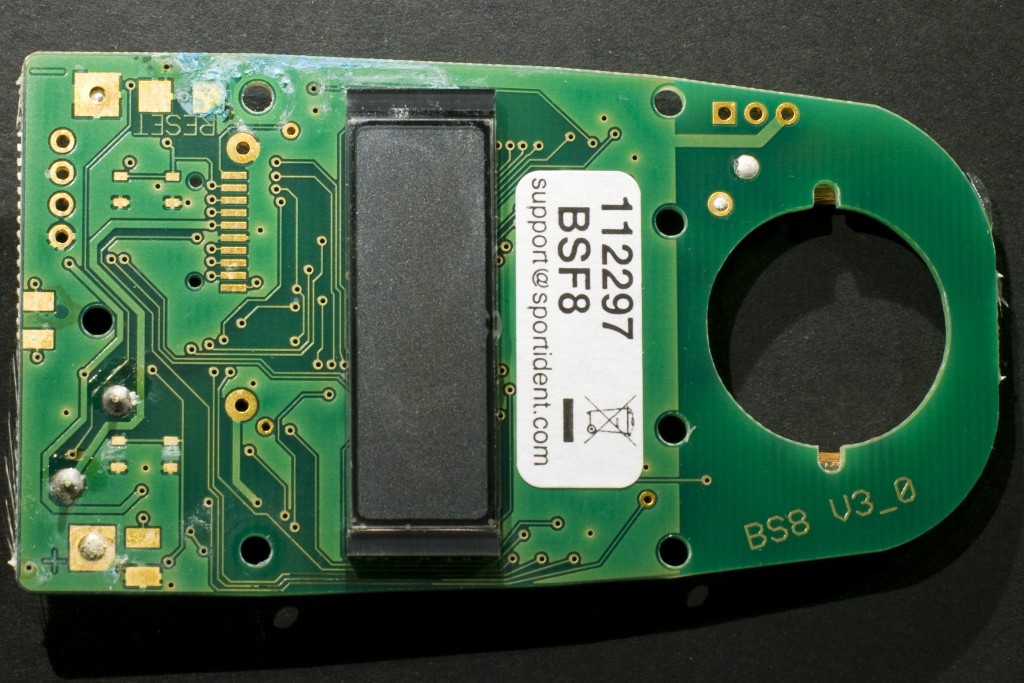



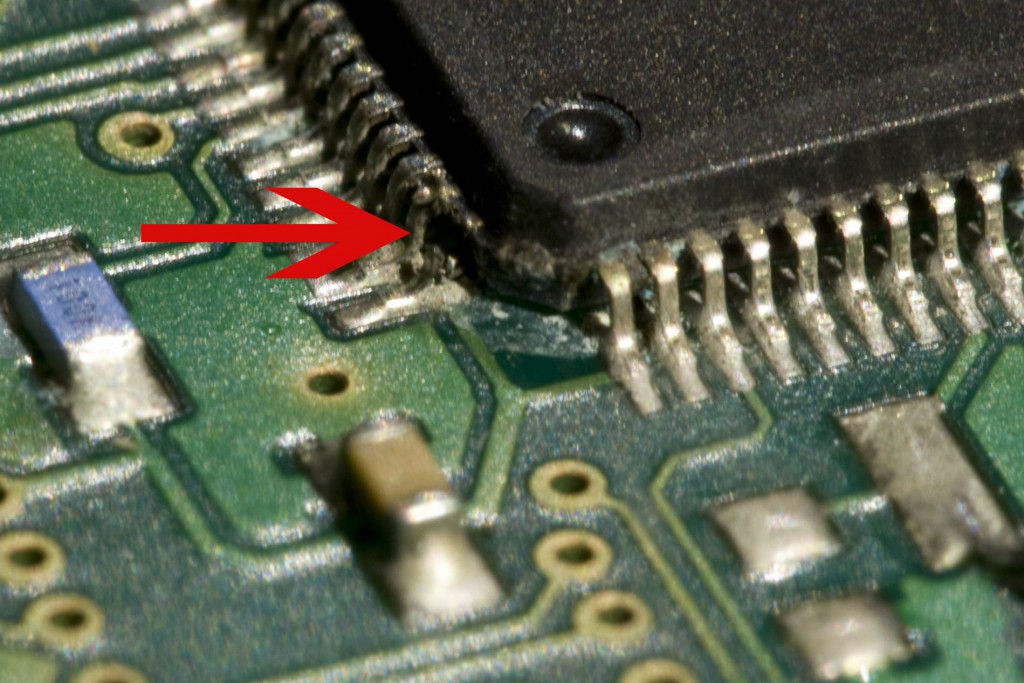
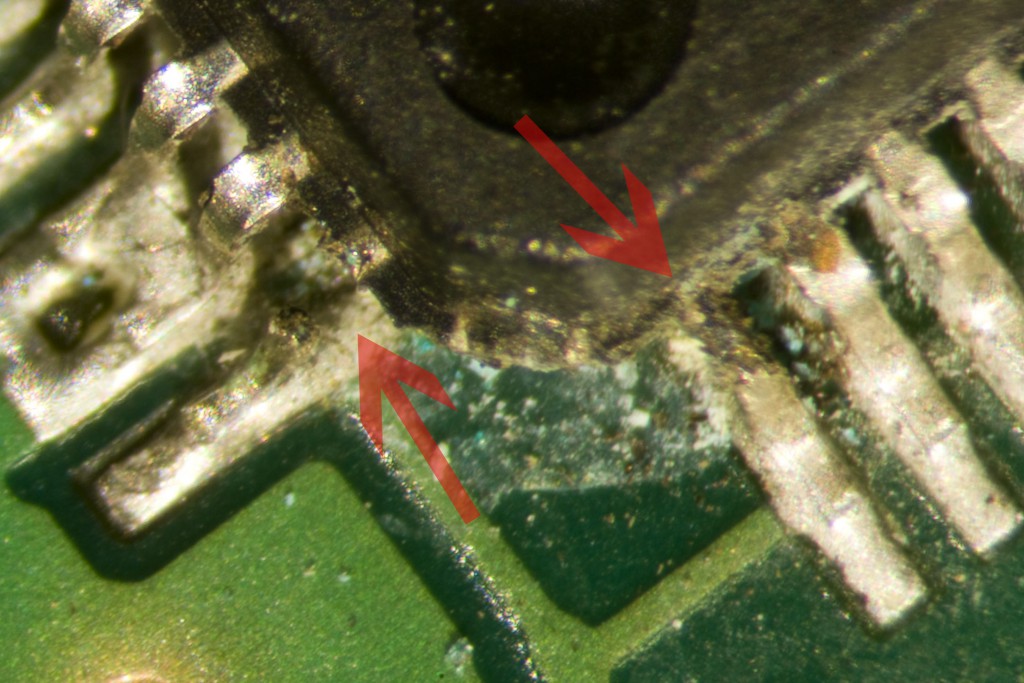
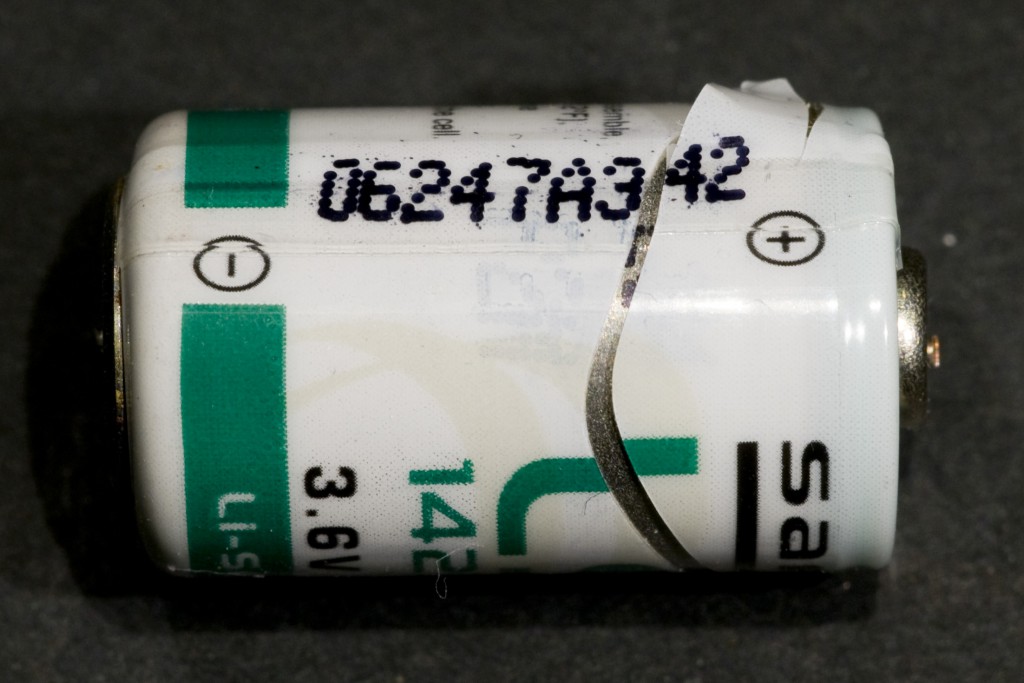


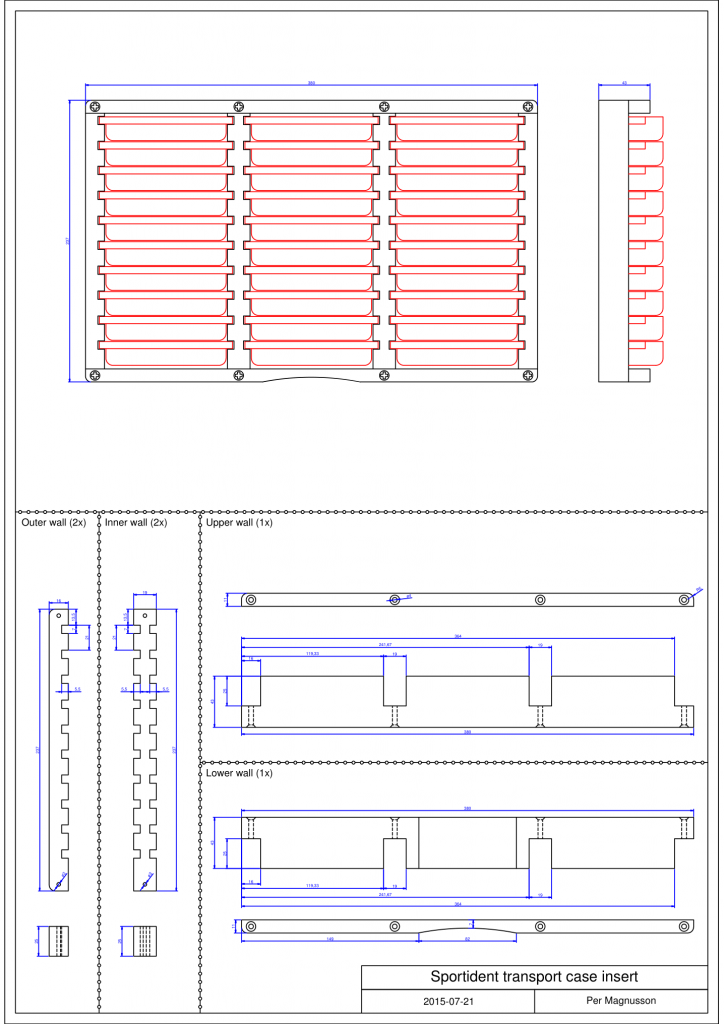
 The drawing as a PDF
The drawing as a PDF